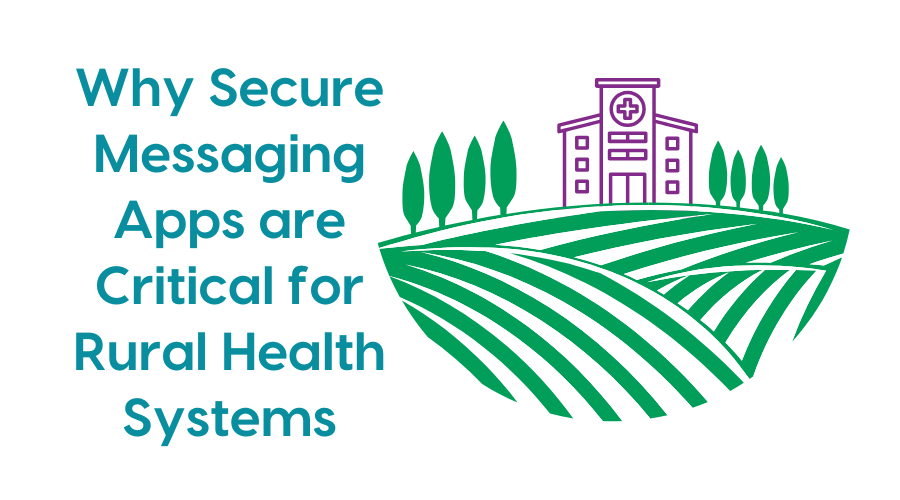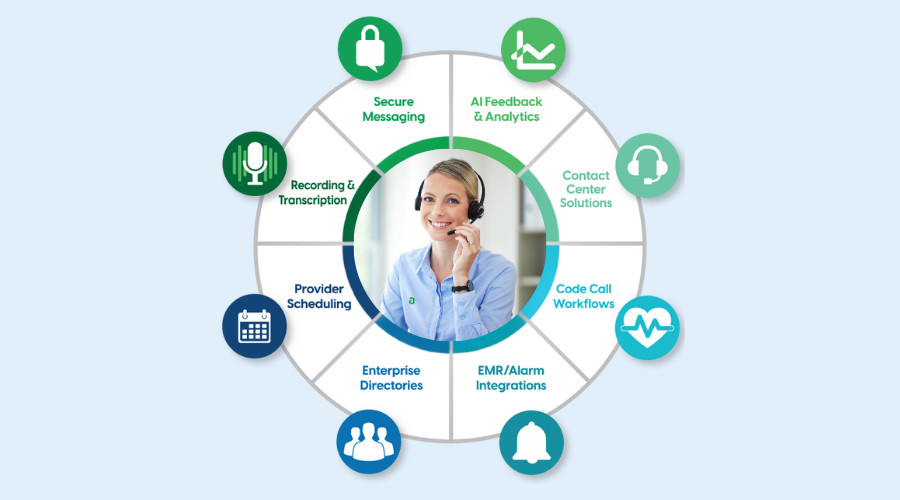Who are the medically underserved? An obvious characteristic is someone who does not have health insurance. Estimates from the Centers for Disease Control and the National Health Interview Survey state that in 2017, 29.3 million, or 9.1 percent of the population were uninsured. However, there are people who have health coverage, yet are still medically underserved.
Vulnerable Populations
Multiple studies have found that vulnerable populations in the United States, including the elderly, low-income, ethnic minorities, migrants, and people who received a limited education, are also medically underserved.
People with various life experiences, or who have a different cultural background, may interpret symptoms differently. In a 2017 study from the University of Missouri at Columbia, researchers found that “a neurological relationship exists between religiosity — a disposition for spiritual experience and religious activity — and epilepsy.” An example of this cultural difference is someone who had a seizure but may describe the seizure as a spiritual experience rather than a medical complaint.
Numerous papers examine the cultural misunderstandings between a patient and their clinician in regards to mental health. Patients may describe their symptoms as anger or dizziness because these are acceptable ways to refer to depression in their culture. Unfortunately, these individuals may not receive appropriate treatment and are therefore medically underserved.
Poor Access to Healthcare
Living in a rural location and having inadequate transportation present challenges when trying to access healthcare. Rural areas are sparsely populated, resulting in a lack of available services. Rural communities comprise roughly 20 percent of the United States, and less than 10 percent of doctors practice in these communities.
People in rural areas rely on their own transportation to and from health services. A report released in December 2018 from Pew Research Center, found the average travel time by car, to the nearest hospital for rural Americans, is about 17 minutes compared to 10 minutes in urban areas.
However, even people in urban areas have difficulty visiting their doctor’s office. Transportation can be a challenge for people with disabilities, those with chronic illnesses, the elderly, and people who are low-income. Approximately 3.6 million Americans, from both rural and urban areas, experience missed or delayed medical appointments due to transportation issues.
Support from Healthcare Call Centers
Technology enables medical call centers to effectively become an extension of a hospital or clinic’s operations. The communication software used by medical call centers can securely access a patient’s electronic medical record (EMR), update EMRs with notes, and record calls that need to be used for insurance claims and workmen’s compensation. Because everything is documented, detailed reports can be generated for reporting purposes.
Healthcare-related services can be provided or facilitated by medical call centers 24 hours a day, 7 days a week. They play a critical role in helping to serve the medically underserved, by addressing two of the biggest barriers to healthcare – language and transportation.
Language
Healthcare staff work with an enormously diverse patient population. Understanding a person’s language leads to better healthcare. Multi-lingual call center operators are hired to assist non- English speaking patients, or confidential over-the-phone interpreting (OPI) services can be used for access to hundreds of different languages.
Transportation
Patients with mobility challenges or who live in rural areas, don’t have to leave home for some services. Operators can coordinate care, make follow-up calls, schedule visits, contact on-call medical staff, and manage referrals.
Some call centers are staffed by nurses or multidisciplinary teams (such as a resident, pharmacist, and social worker) who are qualified to make health assessments, give medical advice, and escalate critical concerns. These call centers can offer nurse call helplines, emergency mental health counseling, and other critical support.
Helping Hospitals that Help the Underserved
A recent study done by Harvard suggests that hospitals located in low-income areas are more likely to be penalized due to Medicare and Medicaid’s survey-based reimbursement programs. Patients are asked to provide information about their health care experience via the Hospital
Consumer Assessment of Healthcare Providers and Systems (HCAHPS) survey. Unacceptable survey outcomes can result in hospitals losing some reimbursements.
Reducing Penalties
The American Medical Association Journal of Ethics reports that the Centers for Medicare and Medicaid Services (CMS) can currently withhold one percent of Medicare payments – 30 percent of which are tied to HCAHPS scores. When Medicare and Medicaid account for more than 60 percent of all care provided by hospitals, the possible amount of dollars lost due to poor patient experience is a significant number. In 2017 alone, approximately $1.7 billion in reimbursements were withheld from hospitals.
Healthcare call centers play a critical role in patient satisfaction surveys because they function as a virtual lobby for a hospital and are often the first point of contact with a patient. When a patient has a helpful experience with the call center, it can positively affect their feedback on the survey when completing questions about how they were treated by staff.
Reducing Readmissions
The CMS reports that nearly one in five Medicare patients are readmitted to a hospital within 30-days of discharge, yet a recent study from the University of California San Francisco (UCSF) and published in JAMA Internal Medicine, found that twenty-seven percent of all 30-day hospital readmissions are preventable.
Medicare’s Hospital Readmissions Reduction Program (HRRP) lowers payments to Inpatient Prospective Payment System (IPPS) hospitals who report too many readmissions. According to the CMS, approximately 2,573 hospitals were penalized in 2018 and around $564 million in payments were withheld.
Multiple studies have indicated that a simple, post-discharge call program, helps hospitals reduce their readmission rate. Hospitals can use call centers with customized scripts to follow-up on symptoms, review medications and treatment plans, and remind patients of appointments.
Healthcare call centers can provide a crucial safety net for the medically underserved, by using advanced technology and diverse staff to bring healthcare to patients, regardless of where they are located. Call center staff are available 24 hours a day, 7 days a week, and are often with a patient during their entire medical journey – from the virtual front lobby to post-discharge, and everything in between.





